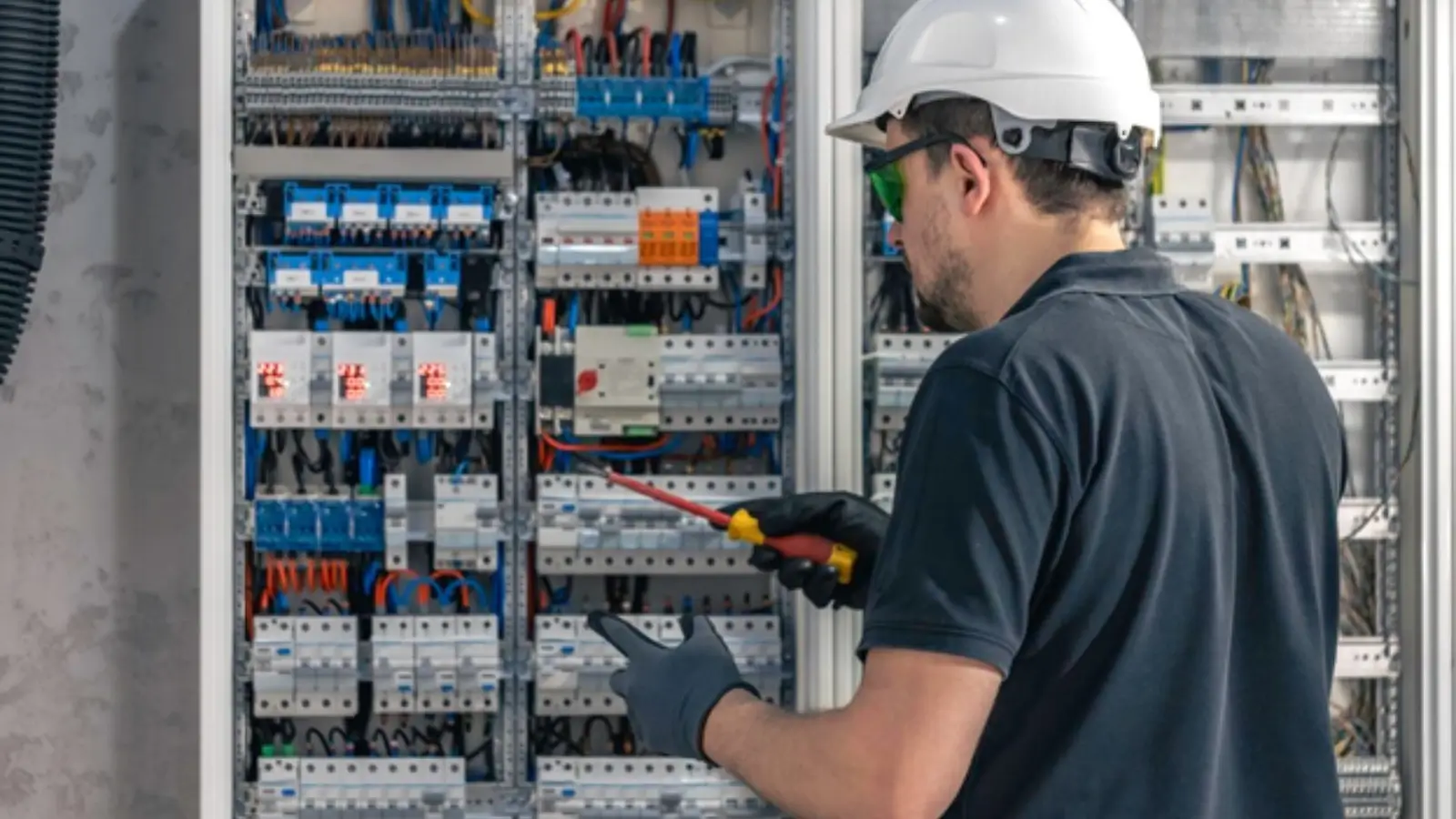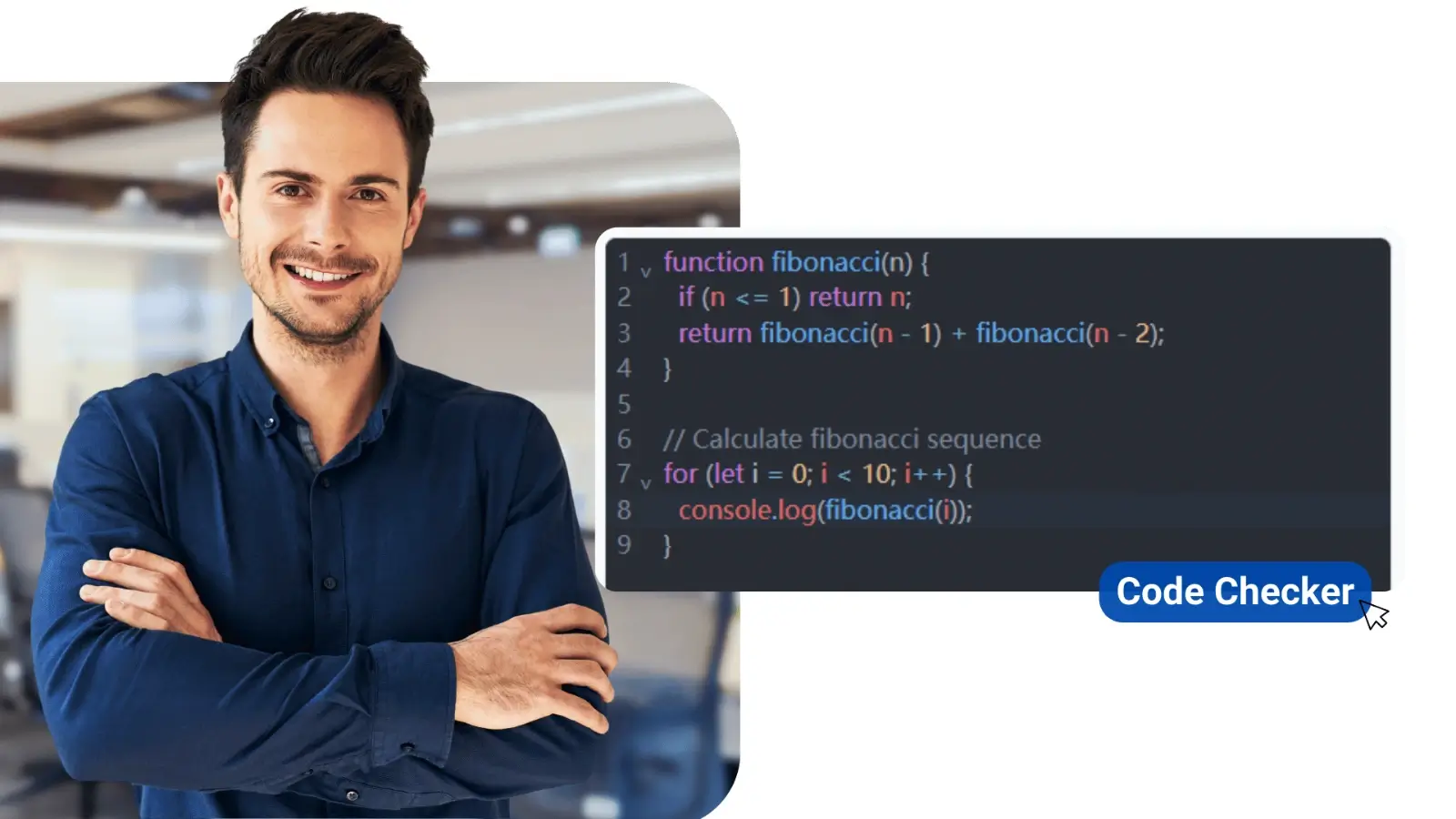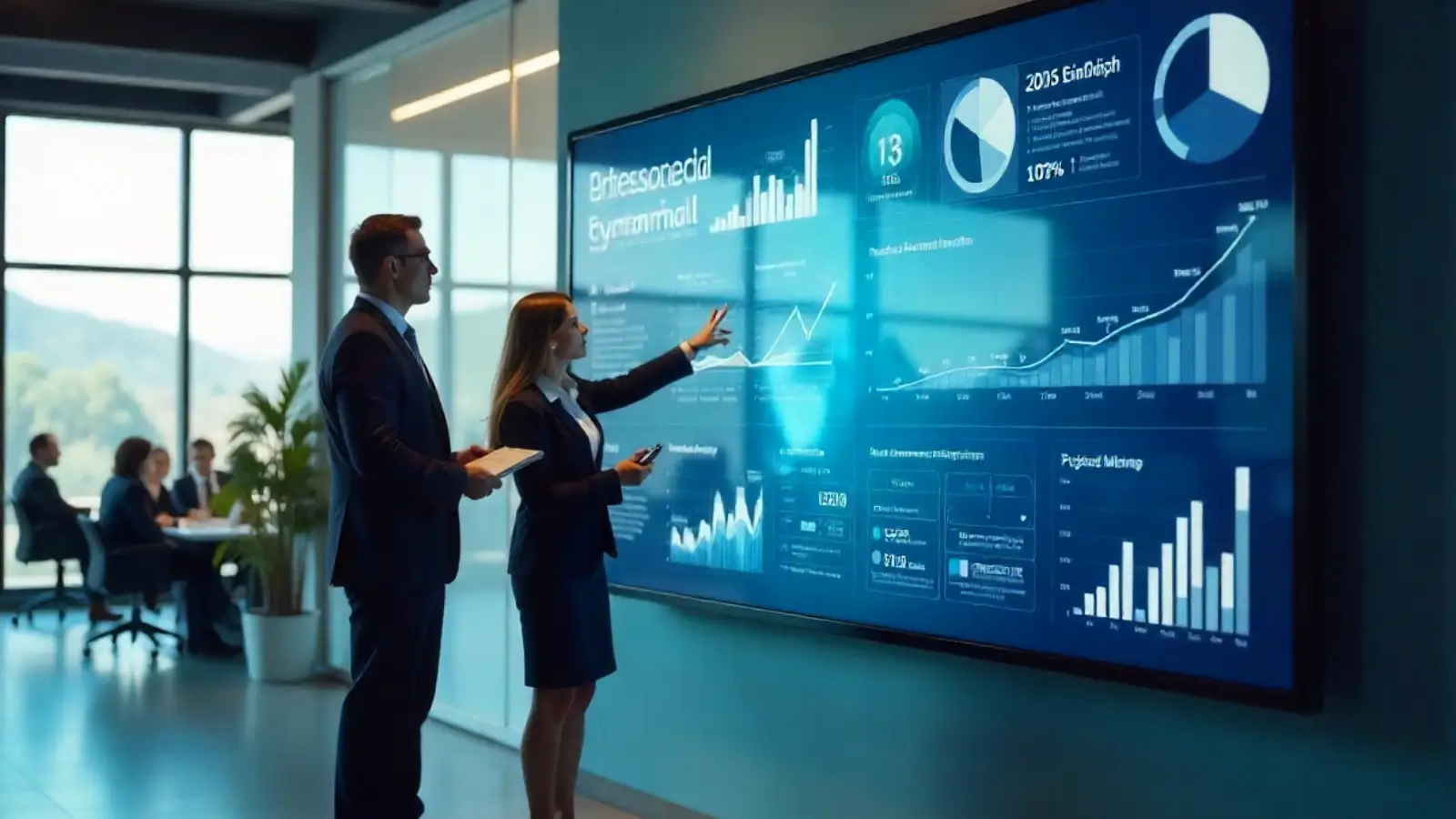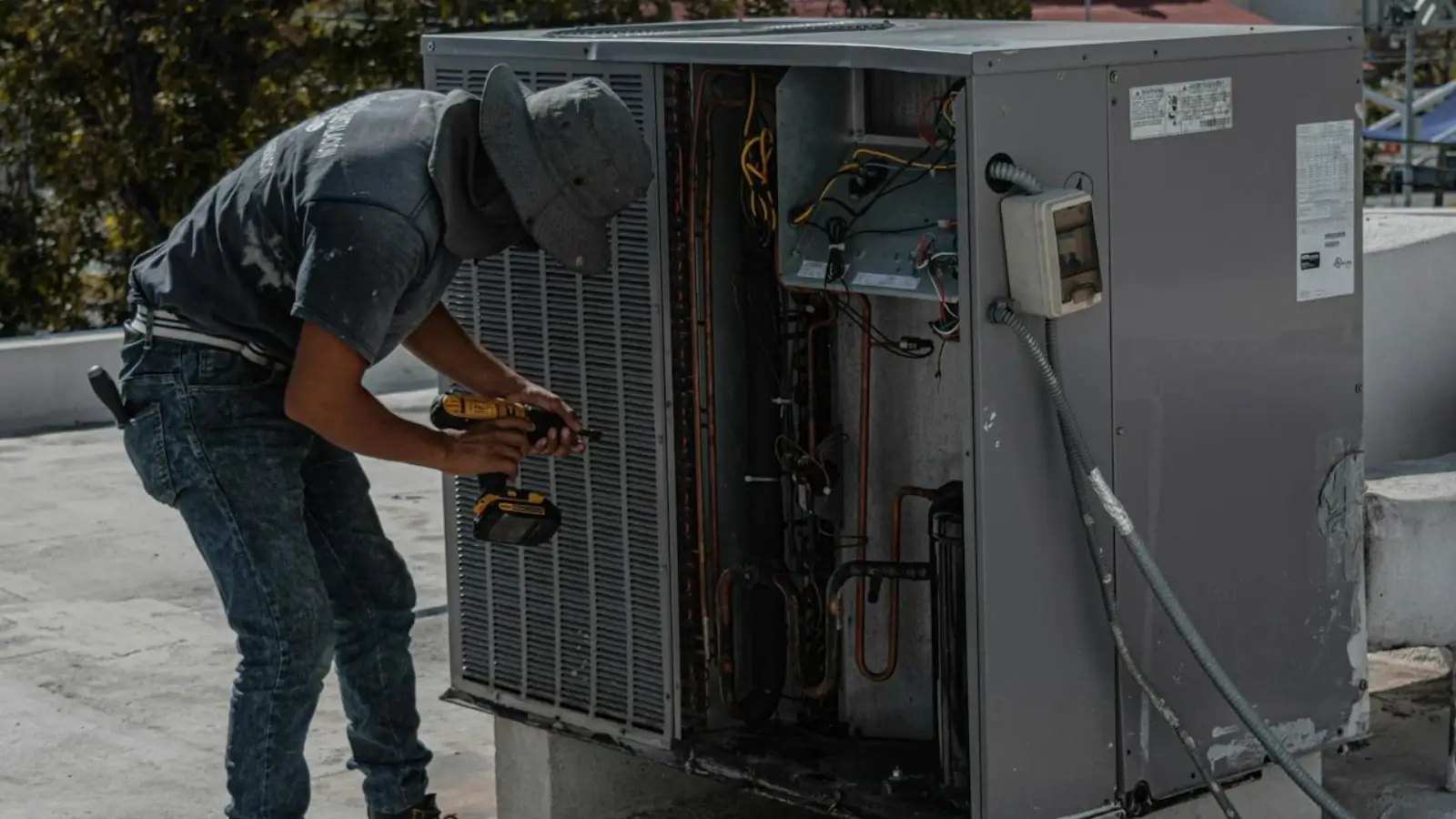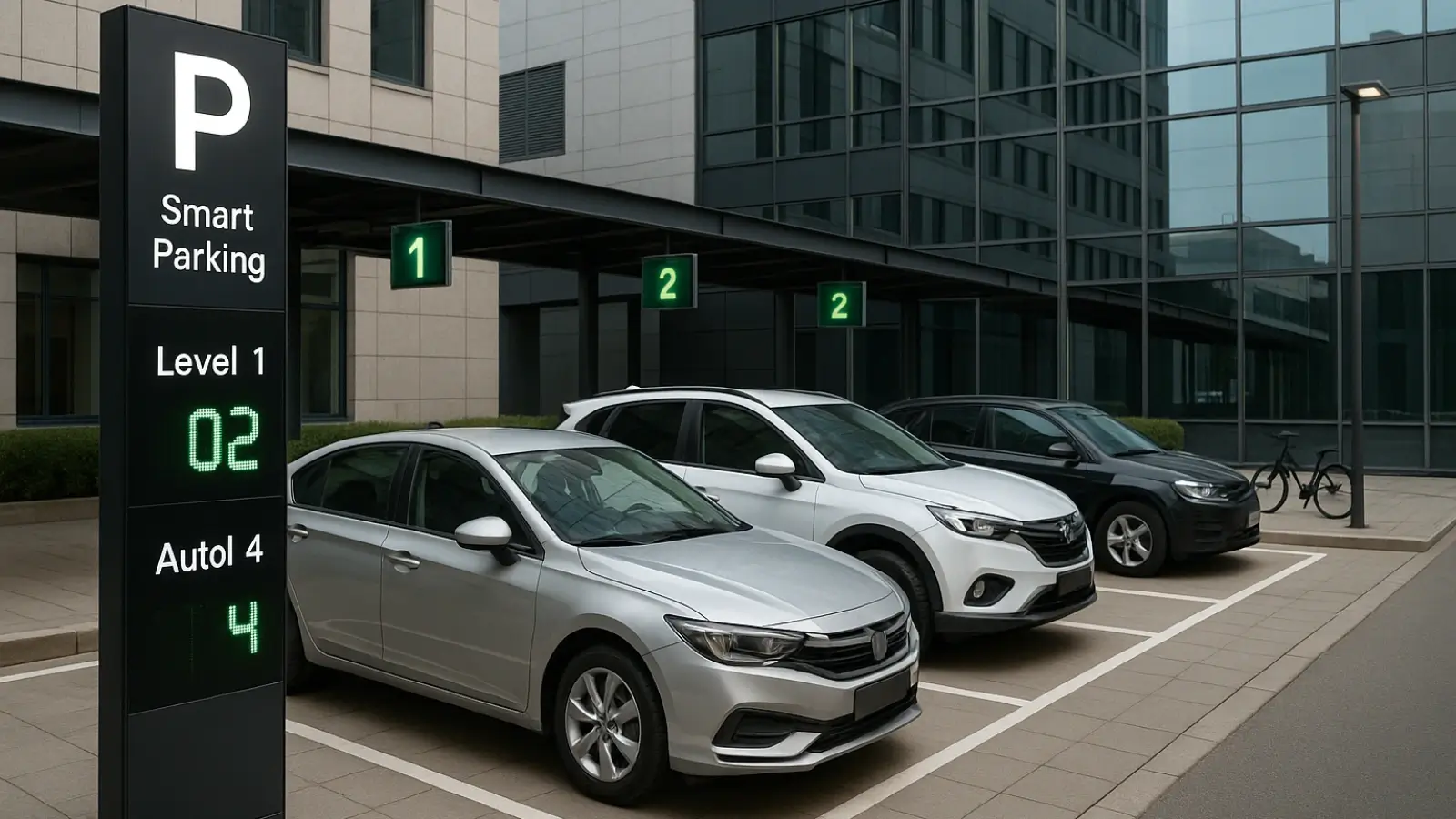Workplace safety is no longer about evacuation maps and fire drills. Today’s offices are embedding technology into daily operations to monitor risks, detect problems early, and respond faster when incidents happen.
Here’s how intelligent systems are changing the way companies protect their teams.
AI-Powered Monitoring
Some systems do more than record data; they’re learning from it. Some AI tools track environmental details like air quality, temperature shifts, and people's movements.
If a machine overheats or someone behaves unusually, the system flags it before it becomes a serious problem. This shift from reactive response to predictive action helps teams address risks early and reduce disruptions.
Smart wearables and safety tools
You’d expect wearables in a warehouse or factory, but they are also used in office settings. Some companies use ID badges or biometric bands that can track stress levels, physical fatigue, or location in a crisis.
These tools run in the background, unnoticed. But if something’s wrong, managers get notified instantly. It’s a backup system that helps catch problems early.
Access Control
Controlling who gets into certain parts of a building used to be all about security. Now, it’s part of workplace safety. Access control systems restrict unauthorized entry, and connect with emergency protocols to lock down high-risk areas or coordinate evacuations.
By linking access control systems with security and operations, businesses gain tighter control over who moves through the workplace, without relying on outdated manual logs.
Training Through Immersive Simulations
Virtual reality is making safety training less of a chore. Instead of sitting through a slideshow, workers can walk through a virtual emergency, like a fire or a gas leak, and practice what to do.
This approach significantly boosts the effectiveness of remote onboarding, reduces training time, and enhances knowledge retention. As hardware becomes more reasonably priced, virtual reality is rapidly becoming the new standard for onboarding.
Workplace Mental Health
Fatigue and stress affect how people think and react. That's why companies are adding tools to monitor mental health. These include wellness check-ins, burnout monitors, and app-based rest nudges that catch burnout before it affects safety.
Data privacy and ethical monitoring
Businesses are under increasing pressure to handle employee data carefully as safety tools become more sophisticated and data-driven.
Employees must know what’s being tracked, how it's being used, and why. This entails setting clear limits, providing opt-in schemes when necessary, and following data protection laws like the GDPR. Being transparent is essential for employees to accept new technology in the workplace.
Conclusion
The most effective workplace safety strategies are powered by data, connected through platforms, and designed with the user in mind. Companies that embrace these technologies build trust, improve retention, and gain a competitive edge.










